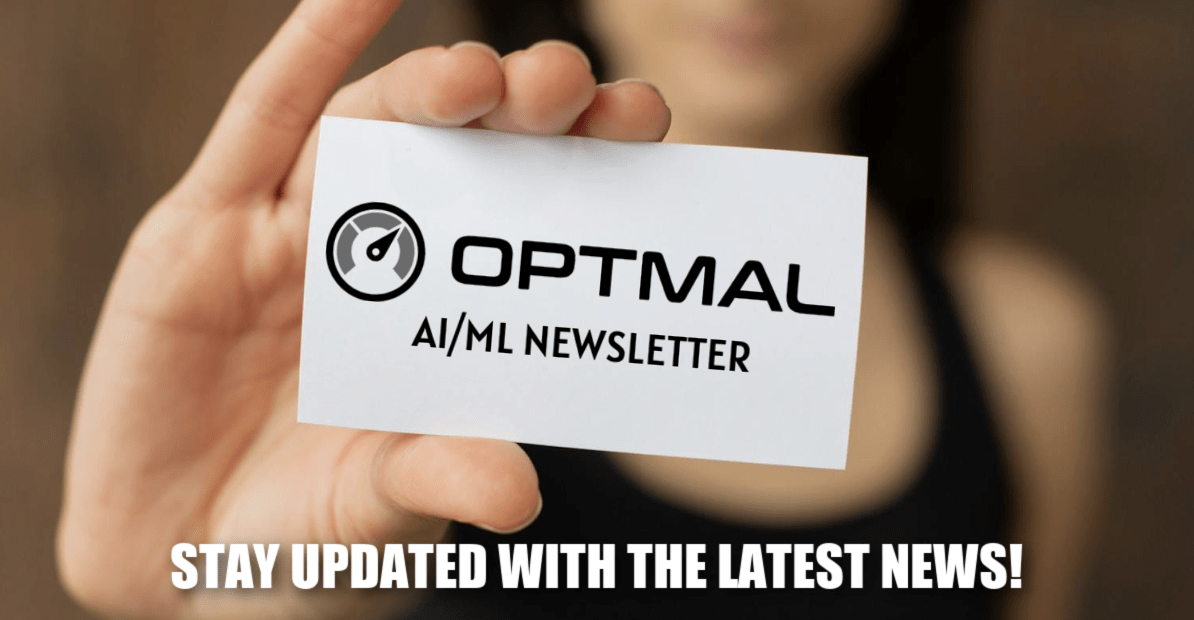Imagine you’re standing in front of a room filled with people, each with their own unique backgrounds and expertise. Some are engineers, others are marketers, and a few might even be from finance. You’ve just finished analyzing a mountain of data, and now it’s your job to share your insights. But how do you bridge the gap between the complex world of data science and the everyday language of your audience? This is a challenge many of us face in the field, and trust me, it’s not just about throwing numbers at them. It’s about storytelling.
Let’s take a step back and think about what data really is. At its core, data is a collection of facts, figures, and statistics. But when we dig deeper, it becomes a narrative—a story waiting to be told. As data scientists, we often get so wrapped up in our algorithms and models that we forget the most important part: the audience. They want to know what the data means for them, not just the technical details.
So, how do we communicate effectively? Here are some strategies that have worked for me over the years.
1. Know Your Audience

Before you even start crafting your presentation, take a moment to think about who you’re talking to. What are their interests? What problems are they trying to solve? For instance, if you’re presenting to a marketing team, they might be more interested in how data can help improve customer engagement rather than the nitty-gritty of machine learning algorithms. Tailoring your message to their needs will make it more relevant and engaging.
2. Simplify Your Language
Imagine trying to explain a complex concept like “overfitting” to someone who has never heard of it. Instead of diving into jargon, try using analogies. For example, you could say, “Overfitting is like a student who memorizes every answer for a test without understanding the subject. They might ace that test, but when faced with new questions, they struggle.” This way, you’re not just throwing terms around; you’re helping them visualize the concept.
3. Use Visuals Wisely
Humans are visual creatures. A well-designed chart or graph can convey a message much more effectively than a paragraph of text. Think about how you can turn your data into visuals that tell a story. For instance, if you’re showing sales growth over time, a line graph can illustrate trends beautifully. But be careful—too many visuals can overwhelm your audience. Choose a few key graphics that reinforce your main points.
4. Focus on Key Insights
When presenting data, it’s easy to get lost in the details. Instead, focus on the key insights that will resonate with your audience. What are the main takeaways? What actions should they consider based on your findings? For example, if your analysis shows that a particular product is underperforming, you might suggest targeted marketing efforts to boost sales.
5. Engage in Dialogue
Remember, communication is a two-way street. Encourage questions and discussions during your presentation. This not only helps clarify any misunderstandings but also makes your audience feel involved. I’ve found that when stakeholders ask questions, it often leads to deeper insights and collaborative problem-solving.
6. Tell a Story
At the end of the day, we all love a good story. Weaving your data insights into a narrative can make them more relatable. For instance, instead of just presenting numbers about customer churn, you could tell the story of a specific customer journey—how they found your product, what challenges they faced, and why they ultimately decided to leave. This humanizes the data and makes it more impactful.
7. Follow Up
After your presentation, don’t just disappear. Follow up with your audience to see if they have any further questions or need clarification on anything. This shows that you care about their understanding and reinforces the relationship you’ve built.
In my journey as a data scientist, I’ve learned that the heart of effective communication lies in empathy. It’s about understanding your audience’s perspective and crafting your message in a way that resonates with them. So, the next time you find yourself preparing to share data insights, remember: it’s not just about the data; it’s about the story behind it. Embrace the challenge, and you’ll find that your insights can truly make a difference.

Boost Your Skills in AI/ML
